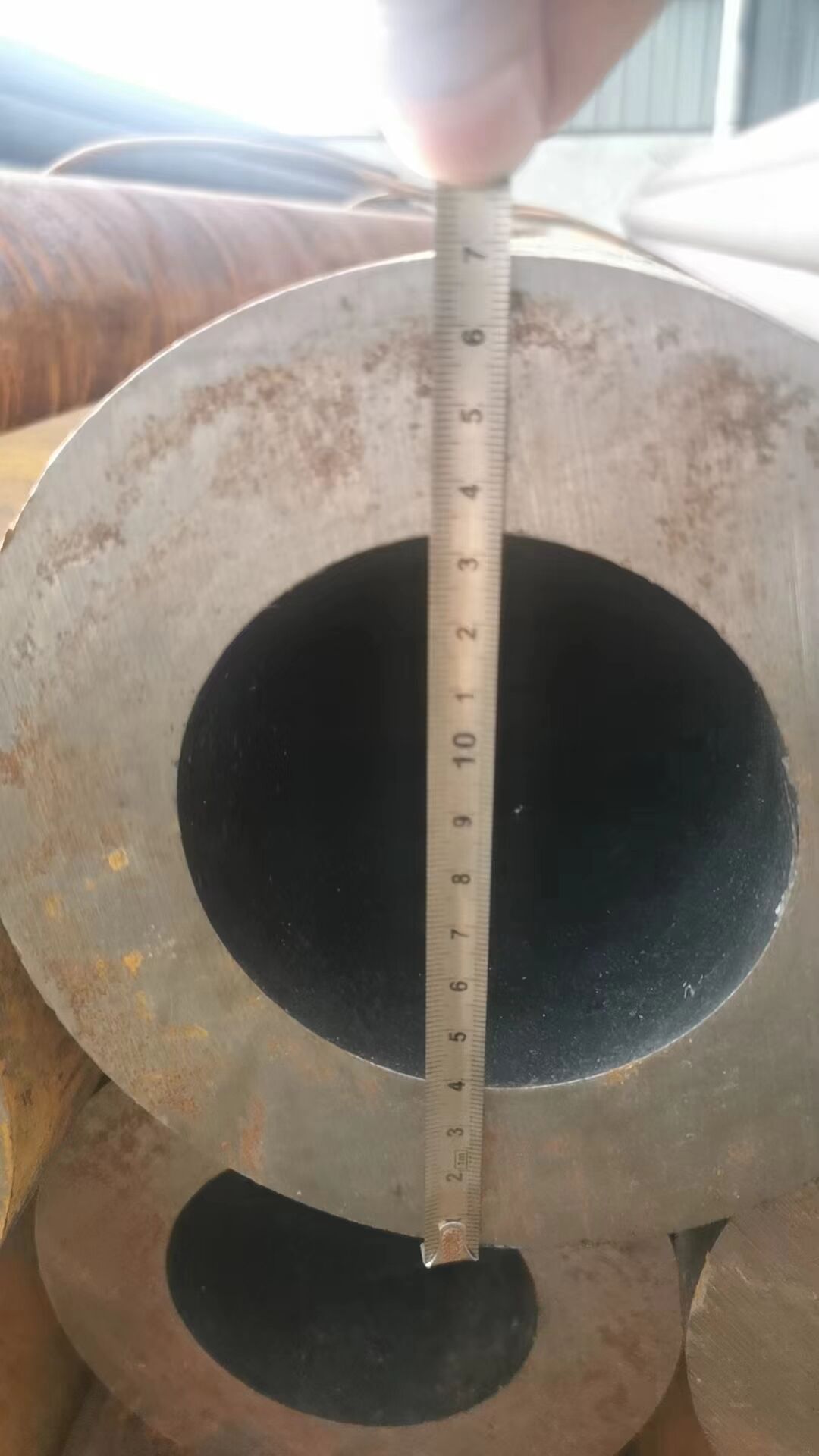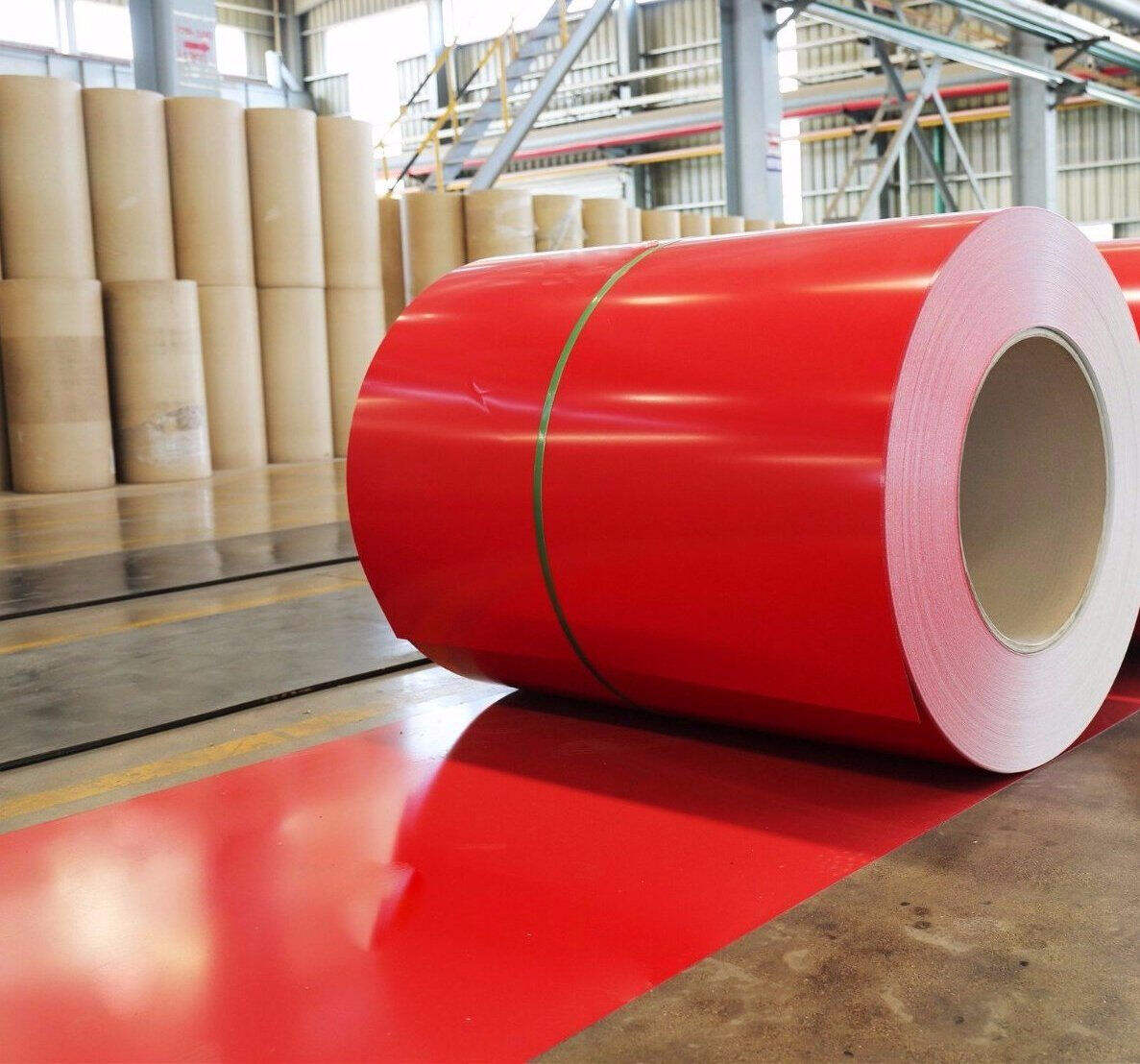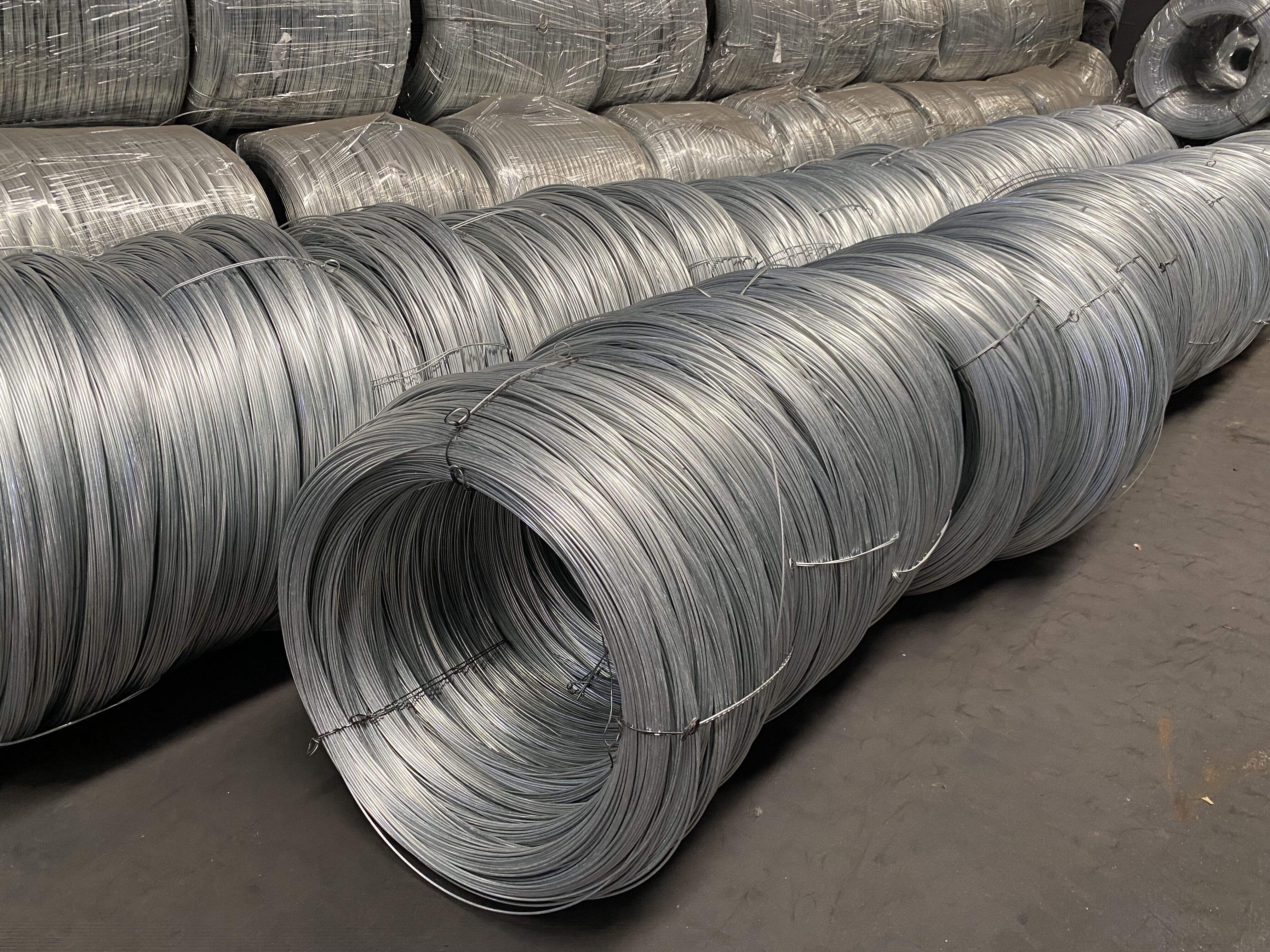types of sheet piles
Sheet piles are essential engineering elements used in construction and civil works, available in several distinct types to suit various applications. The main categories include Steel Sheet Piles, Concrete Sheet Piles, and Vinyl (PVC) Sheet Piles. Steel sheet piles, characterized by their high strength and durability, are commonly used in heavy-duty applications such as port construction, bridge abutments, and flood protection walls. They come in various profiles including Z-type, U-type, and straight web sections, each designed for specific load conditions. Concrete sheet piles offer excellent compression strength and are particularly suitable for permanent structures where corrosion resistance is crucial. These are often used in marine environments and water treatment facilities. Vinyl sheet piles, the newest addition to the family, provide a lightweight, corrosion-resistant solution ideal for less demanding applications such as shoreline protection and light retaining walls. Each type features interlocking systems that ensure watertight connections and structural integrity when installed. The selection of sheet pile type depends on factors including soil conditions, water pressure, required service life, and project budget considerations.
 ×
×


